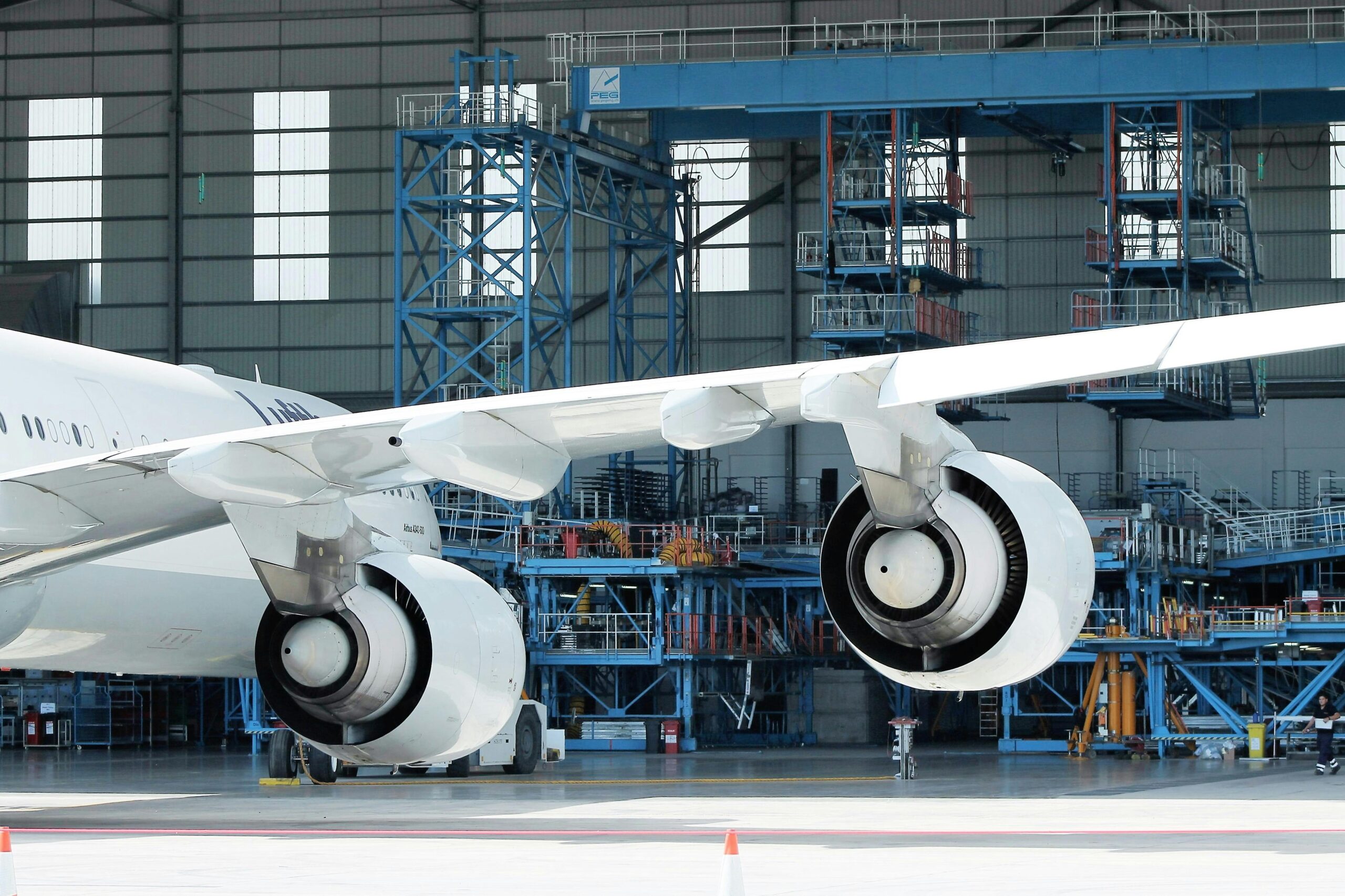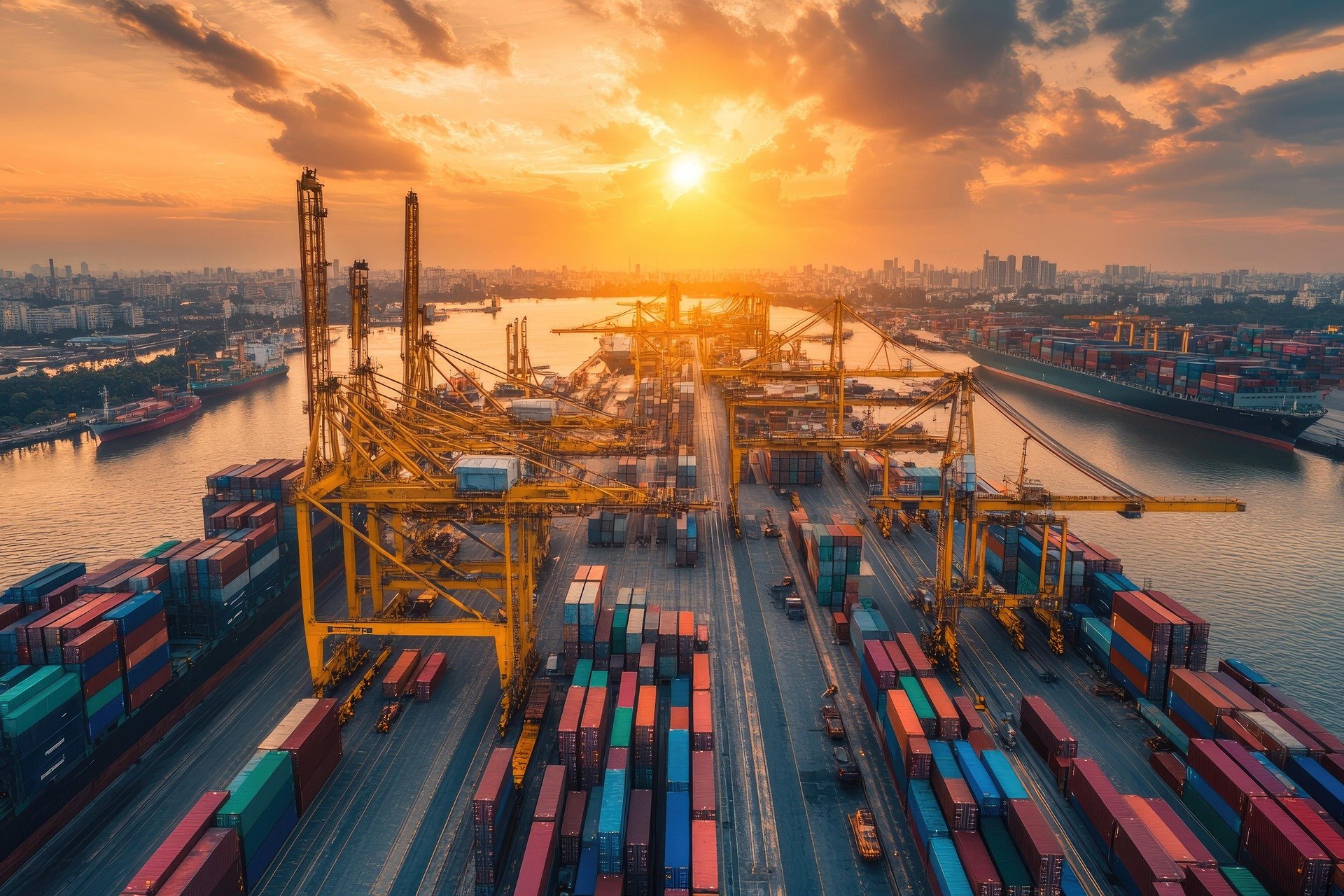The Asian subcontinent—and India in particular—presents vast and unique opportunities for Artificial Intelligence (AI) due to the area’s scale, diverse population, and strong government focus on digital transformation. Three specific industry verticals—manufacturing, aerospace, and energy—offer especially immense opportunities to leverage AI’s capabilities, supported by government initiatives like the “Make in India” and “Production Linked Incentive” schemes, as well as a strong focus on transitioning to Industry 4.0. AI is critical to these industries for its ability to improve product/service quality, lower operating and capital costs, and increase global competitiveness.
The rapid growth of the manufacturing and aerospace sectors in India necessitate, as well, a massive and continuous increase in power generation capacity and grid infrastructure. India’s electricity demand is projected to grow faster than almost any other major economy globally, driven primarily by industrial expansion. Without a reliable, affordable, and growing power supply—both traditional and renewable—India’s ambitious economic goals, such as achieving “developed nation” status by 2047, will be severely constrained. A reliable, high-quality power industry is thus a key requirement for modern, precision industrial operations.
The critical role of AI in manufacturing and aerospace
AI is widely regarded as the “brain” of Industry 4.0, transforming Indian and South Asian factories from reactive to predictive/prescriptive operations. Such a transition delivers numerous benefits in manufacturing and aerospace operations, spanning the full range of industrial processes.
- Predictive/prescriptive maintenance
- Opportunity: Minimize unplanned downtime, a significant cost driver in manufacturing and aerospace operations, while maximizing asset availability and reducing the cost of unscheduled Maintenance, Repair, and Overhaul (MRO).
- Mechanism: AI algorithms analyze real-time data (e.g., pressure, temperature, energy consumption) on machinery to detect subtle anomalies that signal impending failure.
- Benefit: Operators can predict and proactively schedule maintenance before breakdowns occur, extending the lifespan of expensive equipment and maintaining productivity. AI models can achieve fault prediction accuracies of over 90%, enabling timely part replacement, reducing unscheduled maintenance events, and significantly boosting asset availability.
- Quality control and defect detection
- Opportunity: Achieve quality assurance in high-volume, complex assembly lines (e.g., aerospace, automotive, electronics).
- Mechanism: Visual AI systems are used for automated, high-speed inspection, detecting microscopic defects or inconsistencies far more accurately and consistently than manual checks. Production can be automatically stopped to address identified or incipient quality problems.
- Benefit: Increased first-pass yield, reduced waste, and compliance with stringent global quality standards.
- Digital twins and process optimization
- Opportunity: Simulate, test, and optimize complex production flows without disrupting the actual factory.
- Mechanism: Digital twins—virtual replicas of a factory, production line, or machine—are fed live performance data. The models then simulate scenarios (e.g., a new workflow, a surge in demand, or equipment failure) to identify potential bottlenecks, optimize resource allocation, and fine-tune production schedules in real-time.
- Benefit: Faster time-to-market and real-time decision-making.
- Generative design and mass customization
- Opportunity: Accelerate product design and enable the customization required by a diverse Asian consumer base.
- Mechanism: Generative AI can explore thousands of design alternatives based on specified constraints (materials, dimensions, cost, performance) to create parts that are lighter, stronger, and more cost-effective. AI also helps manage the complexity of mass customization, tailoring products to individual customer preferences at scale.
- Benefit: Reduced design cycle time and the ability to offer highly customized products.
Reliable energy supply is key to making it all work
All of the foregoing manufacturing and aerospace opportunities require a reliable power source and transmission grid. Industrial and commercial activities are already pushing up power demand significantly, driven not only by industrial load but also data center construction, urban electrification, and the widespread adoption of electric vehicles. Meeting this surge in demand requires not just a rapid increase in generation, but a transformation of the transmission/distribution infrastructure as well.
India’s Central Electricity Authority estimates that peak demand is expected to cross 273 GW in the near future. To meet this growth and ensure energy security, India has set one of the world’s most ambitious clean energy goals: 500 GW of non-fossil fuel capacity by 2030.
The rapid increase in solar and wind power installation presents significant structural challenges:
- Grid Stability: Because renewable sources only generate electricity when the sun shines or the wind blows, integrating large amounts of intermittent power into the broader energy infrastructure requires flexible energy balancing and load management capabilities.
- Storage and Transmission: To support renewables, there is an urgent need to construct over 230 GWh of battery energy storage systems (BESS) by 2030 and expand India’s Inter-State Transmission System (ISTS) by hundreds of thousands of kilometers to carry power from remote generation sites to consumption locations.
The benefits of AI in energy generation, distribution, and management
There are many challenges associated with successfully delivering on the energy growth plans outlined by the Indian government. Key among them is balancing the need for reliable, dispatchable power (currently primarily coal) with the commitment to renewable generation and decarbonization. Avathon’s Autonomy for Renewable Operations platform offers a wide range of solutions that will aid in these rapid growth plans.
Solar
- Optimize solar panel location for maximum generation
- Identify panels that are defective or require cleaning
- Identify solar tracker misalignment
- Detect solar DC field faults
Wind
- Optimize turbine blade angels for maximum generation
- Schedule preemptive maintenance to avert failures
- Determine optimal turbine locations
- Identify impending blade bearing failures
Battery storage
- Identify optimal BESS charge/discharge times/intervals
- Manage charging cycles to optimize battery lifetimes
- Predict battery/inverter failures in advance
Transmission and distribution
- Monitor and balance real-time bidirectional energy flow
- Predict peak demand periods and optimize loads
Conclusion—Autonomy powers operational excellence
The Avathon Autonomy platform offers a powerful catalyst for India and the Asian subcontinent to significantly boost global competitiveness by transforming traditional industries. The opportunity lies in using the technology not only to catch up, but to leapfrog development stages and establish itself as a center for AI innovation. The ultimate goal for the region is leveraging digitization technology to achieve significant growth, with estimates suggesting AI could contribute up to $600B to India’s economy by 2035.
Indian Prime Minister Narendra Modi has stated a flagship vision of making India gain “developed nation” status by 2047 (the centenary of India’s independence), a goal which—according to a recent Economist article—will require that the country expand its economy at an annual rate of 7.8% versus its average 6% over the past 25 years. That means an increased focus on technology adoption, infrastructure, and inclusive development.
The convergence of government support, a massive manufacturing base, and the rapid growth of the aviation sector makes AI a strategic necessity for India and the wider Asian subcontinent to achieve its goals of technological leadership and economic expansion.
Visit our website to learn more about how Avathon uses the power of AI to optimize the performance of Renewables, Manufacturing, and Aerospace operations.




